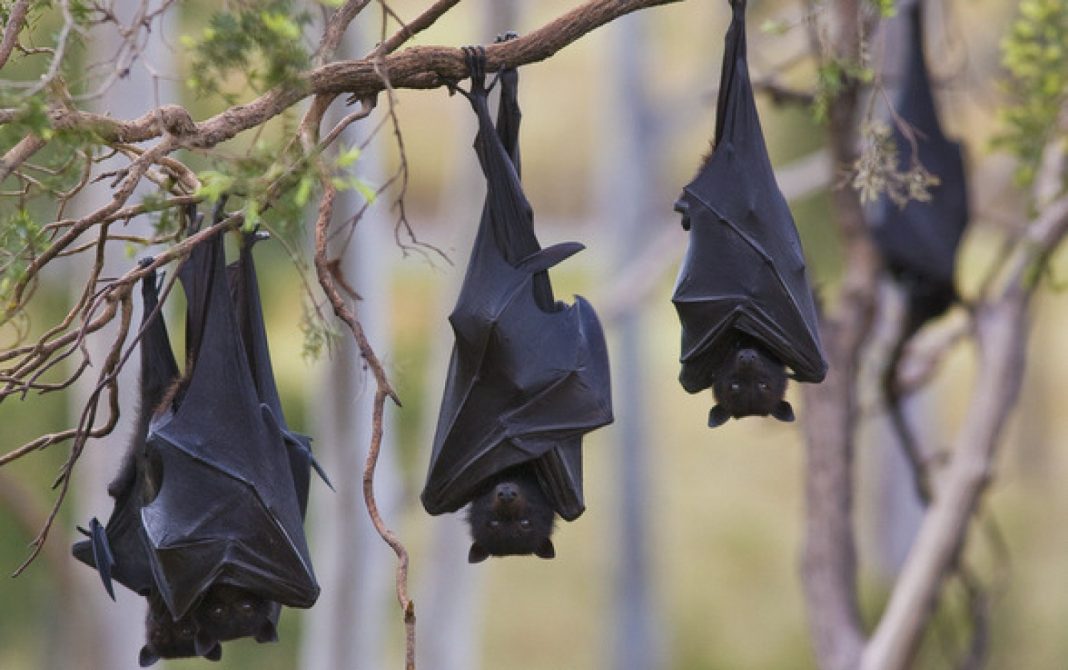ONE OF the most interesting and important animals in our region is the Flying Fox, also known as the Fruit Bat.
Flying Foxes are the largest flying mammal in Australia.
They are critical to ensuring the survival of our great Australian Eucalypt forests and the overall health of our ecosystem.
They are keystone pollinators of the Australian bush, pollinating the flowers of more than 50 native trees.
The pollen sticks to their fur while they’re feeding on the nectar of flowers and then, as they fly off, they are able to pollinate many trees over long distances.
Flying Foxes also create new forests by dispersing seeds from the fruit they eat.
They are vegetarians that forage on the fruit of over 50 native rainforest trees and vines.
Their excellent night vision and keen sense of smell helps them navigate their way over vast landscapes.
Each Flying Fox can spread up to 60,000 seeds, across a 50 kilometre stretch of land, in one night.
There are four species of Flying Fox common in Queensland, two of which have taken up residence in the Whitsundays – the Black Flying Fox and the Little Red Flying Fox.
Flying Foxes are intelligent, social animals that live in large colonies comprised of individuals and family groups.
They roost in trees during the day and establish permanent and semi-permanent camps near food sources and for birthing.
Their camps can be quite noisy, particularly around dawn and dusk, when flying out to feed at night or returning to camp trees to sleep during the day.
They use various calls as a form of communication.
Contrary to what you may have heard, Flying Foxes are very clean animals that are constantly grooming and cleaning themselves.
However, they also communicate by scent. Odours are used to identify camp trees, each other, and to attract mates.
Mothers can locate their pups in crèche trees by their scent and calls.
Flying Fox numbers have decreased dramatically over the last 50 years, due to a continual loss of habitat (due to land clearing) and climate change.
Flying Foxes can be particularly susceptible to mass dying events, commonly caused by heat stress brought on by prolonged heatwaves.
It is important to recognise that the future of our forests is very dependent on the future of the Flying Fox.






